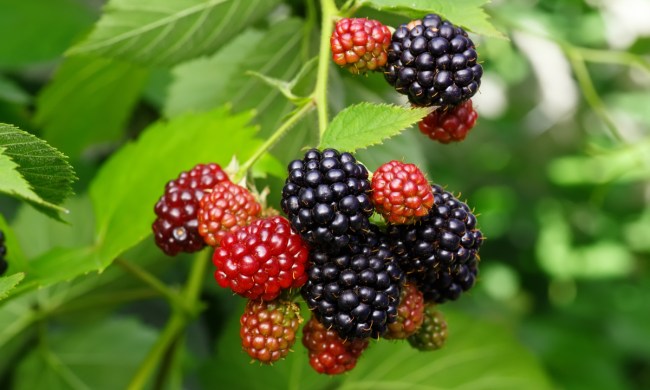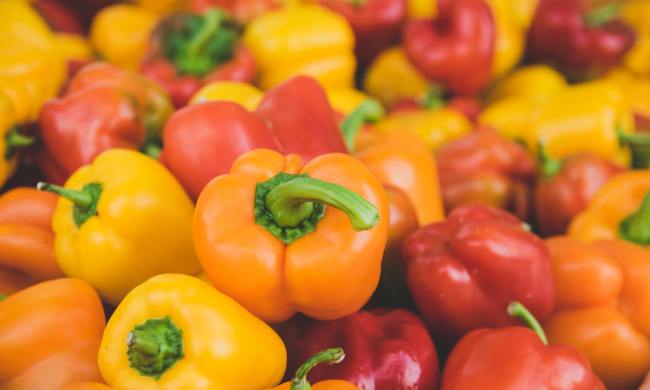From French fries to au gratin, potatoes have many delicious uses in the kitchen. They’re also a favorite plant of many gardeners, due to how easy they are to grow and how many potatoes a single plant can produce. They do have a somewhat unique growing habit, though, being grown in mounds. This may have you wondering, is a potato a fruit or vegetable? If you’ve never considered what exactly separates fruits from vegetables, you might be wondering if it even matters.
Whether you’re learning about potatoes so you can add them to your garden or just looking for some fun facts about fruits and vegetables, this handy guide will explain what makes a fruit a fruit, a vegetable a vegetable, and a potato a potato.
What is a fruit?

Fruits are a specific part of a plant that’s formed to help protect and spread the seeds of the plant. Not all plants produce fruit. Some flowers, for example, form seed heads that help to disperse the seeds. Sunflowers and dandelions are good examples of this. Not all fruits are edible, either. There are plenty of poisonous berries, including yew and holly, which birds can eat but are toxic to humans.
Fruit forms when the flower of a plant is pollinated. This pollination causes the seeds to form, and the flower’s ovum starts becoming a fruit. The fruit grows and ripens, and the rest of the flower falls away. The fruit can then be eaten by an animal that later spreads the seeds, or it might fall off the plant, roll a little ways away, and then rot and disperse the seeds that way instead. Some plants will still produce fruit even if the flower isn’t pollinated, which is how most seedless fruit varieties are grown.
What is a vegetable?
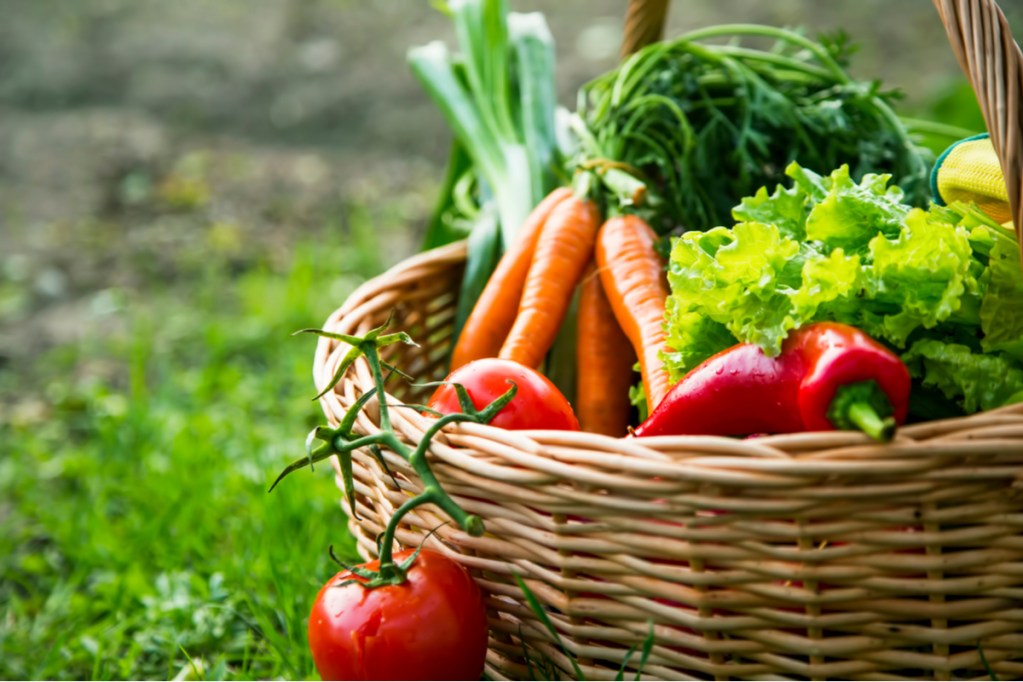
Vegetables, on the other hand, are not a specific part of the plant. This is because “vegetable” is a culinary category, not a botanical one. Whether something is a vegetable depends entirely on how we eat it. This also means that all vegetables are edible, and there is no such thing as a poisonous vegetable. A vegetable is any edible part of a plant that’s typically eaten as part of a savory meal or dish, or that’s served alongside a protein. However, not every part of a plant has to be edible for one part to be considered a vegetable.
Since a vegetable can be any part of the plant, fruits can also be vegetables. Tomatoes, for example, are the fruits of the tomato plant. In fact, any edible fruit can technically be a vegetable, depending on how you use it. If you put pineapples on pizza, then pineapples are a vegetable. If you enjoy apple-braised pork chops, then apples can be a vegetable as well. However, not all vegetables are fruit. Lettuce, artichokes, and carrots, for example, are the leaves, flower buds, and roots of different plants.
What are potatoes?
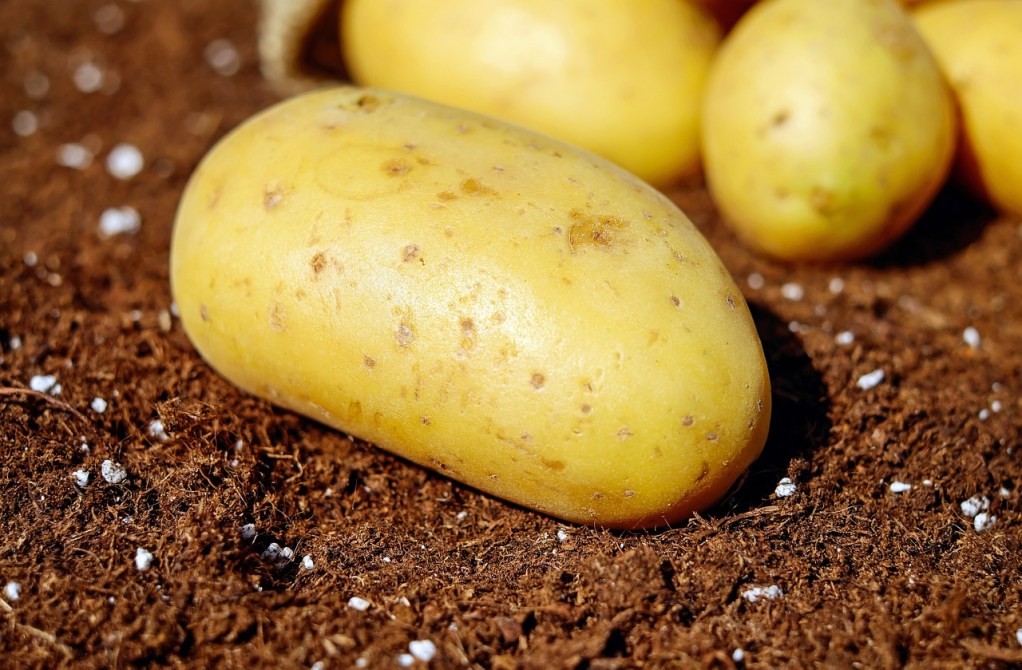
So, are potatoes fruits or vegetables? Potatoes are certainly edible plants, and they’re almost exclusively used in savory dishes, with or without a protein. Additionally, potatoes do not grow from flowers or contain seeds. Although some potatoes are referred to as seed potatoes and used to grow new potato plants, this is actually a form of propagation. Seed potatoes are not actually seeds.
All of this means that potatoes are vegetables but not fruit. Potato plants do produce fruit, which look almost exactly like cherry tomatoes. However, the fruits of the potato plant are toxic and should not be eaten. You can harvest the seeds from the potato fruits to grow new potato plants, although it’s usually easier to use a seed potato.
What kind of vegetable is a potato?
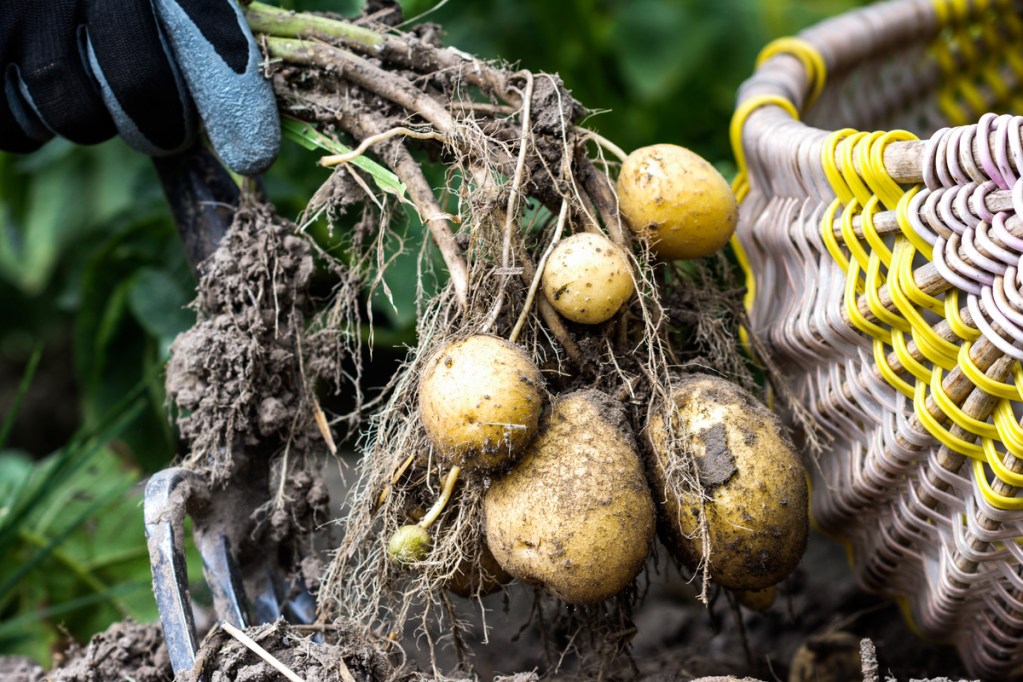
Potatoes are root vegetables, much like carrots, turnips, and beets. Specifically, potatoes are tubers, meaning they are not the roots of the plant but are attached to them. Root vegetables are usually starchy, high in carbs and fiber, and have an earthy flavor. Since the vegetable itself is underground, root vegetables are often easier to grow in places with colder weather, since the soil insulates the edible part of the plant. Additionally, if your garden has a lot of leaf- or fruit-eating insects, then root vegetables might be a better option.
The downside to root vegetables is that they can be more difficult to harvest. They need to be dug out or pulled up, which isn’t always as easy as picking fruit off a vine or tree. Additionally, most root vegetables can only be harvested once. While the leaves or fruit of a plant can be harvested multiple times over the course of a few months, plants don’t produce multiple root vegetables. A single beet plant or carrot plant will only grow one beet or carrot, and harvesting it means harvesting the entire plant.
Tubers are something of an exception to this. Since they aren’t the roots themselves, a single potato plant will produce multiple potatoes. However, harvesting them a few at a time can still be tricky, since you’ll need to dig them up and then fill the soil back in around the plant. It’s generally easier to harvest them all at once.
Why does it matter?
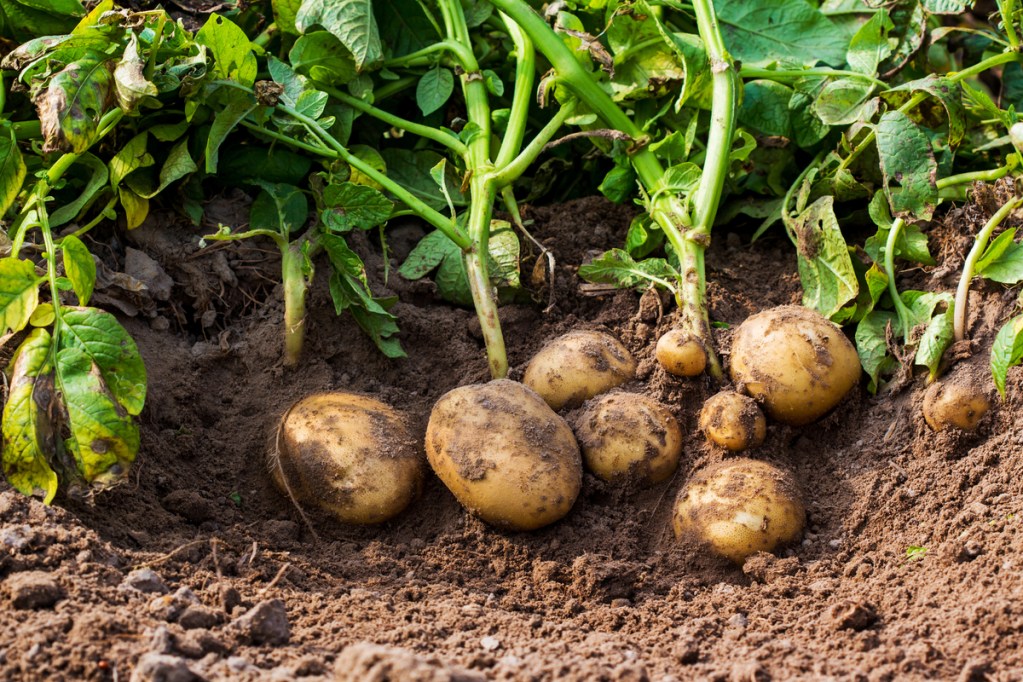
Knowing what category potatoes fall into helps you get a better understanding of how potatoes grow and how people use them. Since you know potatoes aren’t fruit, you know the flowers of the potato plant aren’t important for growing potatoes, and that the fruit those flowers produce isn’t the part you should be eating.
On the other hand, knowing potatoes are vegetables and specifically tubers, lets you know potatoes are a savory, starchy food grown underground. Potatoes grow in hills, with soil piled over most of the stem two or three times throughout its growing season.
This method of growing wouldn’t make any sense for a fruit, or even a vegetable that wasn’t a tuber. However, the portion of the stem that’s underground will put out roots, and from those roots, tubers will grow. Even if you haven’t ever grown potatoes before, knowing that potatoes are tubers will give you some idea of how they’re grown and what part of the plant to focus your attention on.
Are sweet potatoes fruits or vegetables?

Sweet potatoes are not related to other potatoes, but they do grow in the same way! Although sweet potatoes are sweet and are eaten more similarly to fruit, they are still vegetables. Sweet potato plants belong to the morning glory family, and the sweet potatoes themselves grow along the roots as tubers. Technically, sweet potatoes and true potatoes are different types of tubers.
Sweet potatoes grow from the roots themselves, making them root tubers. True potatoes do not actually grow from the roots, but rather from the part of the stem that is underground, making them stem tubers. That’s why true potatoes are grown in mounds — the more stem there is underground, the more room there is for potatoes to grow!
Whether you’re growing potatoes in your garden or just eating them, knowing that potatoes are vegetables and not fruit can be a useful piece of information. Now that your curiosity has been satisfied, you can go about your business feeling just a little more confident in your understanding of fruits, vegetables, and potatoes. What you do with that information, though, is up to you! Enjoy your knowledge in the form of a bountiful harvest, delicious potato dishes, or just as a fun fact to tell other people.


